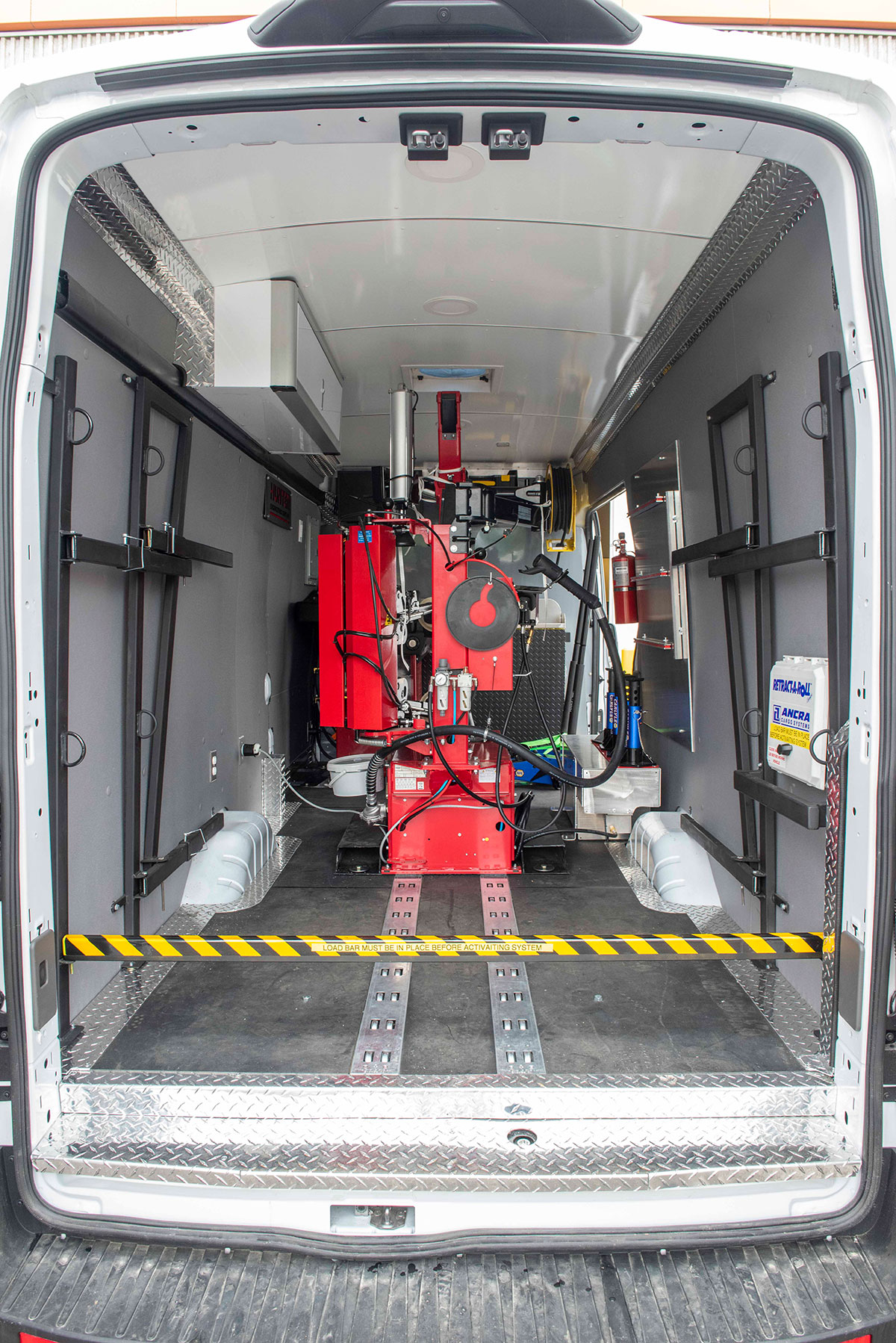Tire Solution: Proven Techniques for Optimal Tire Maintenance and Treatment
Preserving ideal tire condition is paramount for both security and performance of any kind of vehicle. From guaranteeing correct tire pressure to routine turning and positioning, there are tried and tested methods that can dramatically extend the life expectancy of your tires and boost overall driving experience. As we discover the intricacies of tire care and upkeep, we will certainly uncover crucial guidelines that every car proprietor should abide by for the ideal possible results. Let's explore the world of tire service and find the keys to maintaining your tires in first-class shape for the long run.
Significance of Tire Stress
Correct tire stress is a vital aspect in ensuring optimum car efficiency and safety and security when traveling. Keeping the advised tire pressure levels offered by the supplier provides numerous advantages. Ample tire stress advertises far better fuel efficiency, as under-inflated tires can lead to increased rolling resistance, creating the engine to function more difficult and consume even more gas. Secondly, correct tire stress makes sure even tread wear, boosting tire durability and saving cash over time by delaying the demand for early replacements. Additionally, appropriately inflated tires add to enhanced handling and stopping abilities, important for risk-free driving in numerous road problems. Over-inflated tires, on the other hand, can cause minimized traction and a harsher adventure. On the other hand, under-inflated tires are prone to getting too hot, which can lead to blowouts and crashes. Consistently checking and readjusting tire pressure, especially eventually trips, is a basic yet effective means to enhance automobile efficiency, prolong tire life-span, and focus on safety and security when traveling.
Tire Rotation Guidelines
When taking into consideration tire rotation standards, it is vital to understand the relevance of this maintenance job in making the most of tire life-span and maintaining optimum car efficiency. Tire rotation includes transforming the setting of each tire on a lorry to guarantee also tread wear. Front tires have a tendency to wear a lot more quickly than back tires due to steering pressures, making normal rotation vital for balanced wear patterns.

Benefits of Wheel Placement
Making sure correct wheel alignment after tire rotation is vital for keeping balanced wear patterns and taking full advantage of lorry performance. Wheel positioning describes the change of the angles of the wheels to the manufacturer's specs. Among the vital advantages of wheel alignment is improved managing and guiding feedback. When the wheels are effectively aligned, it decreases steering effort, guaranteeing a smoother and a lot more regulated driving experience. In addition, correct wheel alignment helps to extend the lifespan of your tires. Misaligned wheels can cause uneven tire wear, resulting in premature tire replacement and enhanced maintenance expenses.

Tire Tread Depth Inspect
Performing a routine examination of tire tread depth is crucial for maintaining safe driving conditions and lengthening the lifespan of your tires. The walk on your tires plays a critical role in offering grip, specifically in damp or slippery conditions. To inspect your tire step deepness, you can use a tread depth gauge or the penny test. The suggested walk deepness goes to the very least 2/32 of an inch. It is time to replace your tires to guarantee ideal efficiency and safety and security on the road if the walk depth is below this threshold. Irregular tread wear can suggest concerns with tire pressure, positioning, or suspension, highlighting the relevance of normal step deepness checks. Disregarding to check click here to find out more and keep proper tread deepness can lead to decreased grip, longer braking distances, and an increased risk of hydroplaning. By incorporating tire step deepness explore your regular upkeep routine, you can drive with confidence knowing that your tires are YOURURL.com in leading problem.
Seasonal Tire Assessment
Seasonal tire assessment is an essential element of tire maintenance that ensures tires are ready to face the challenges postured by various weather condition conditions. In preparation for winter months, it is crucial to examine the tire stress on a regular basis as chilly temperatures can create tire stress to drop. By carrying out routine seasonal tire inspections, vehicle drivers can extend tire lifespan, enhance gas effectiveness, and most importantly, make certain a safe driving experience in varying climate problems.
Final Thought
To conclude, keeping correct tire stress, turning tires routinely, aligning wheels appropriately, monitoring walk depth, and performing seasonal assessments are vital practices for ideal tire care. By complying with these proven approaches, drivers can guarantee their tires last longer, do better, and add to total car safety and security. It is essential to prioritize tire upkeep to stop mishaps, boost fuel effectiveness, and lengthen the lifespan of tires.
Ample tire pressure promotes much better gas efficiency, as under-inflated tires can lead to boosted rolling resistance, creating the engine to work more challenging and eat more fuel.When thinking about tire turning guidelines, it is vital to recognize the relevance of this maintenance task in maximizing tire lifespan and preserving ideal lorry performance. Seasonal tire evaluation is an essential element of tire upkeep that makes certain tires are all set to face the challenges positioned by different weather condition conditions. By carrying out regular seasonal tire assessments, vehicle drivers can lengthen tire lifespan, enhance gas efficiency, and most importantly, ensure a secure driving experience in varying weather problems.
In verdict, keeping correct tire stress, revolving tires regularly, lining up wheels properly, keeping an eye on walk depth, and check these guys out conducting seasonal inspections are important practices for optimum tire treatment.